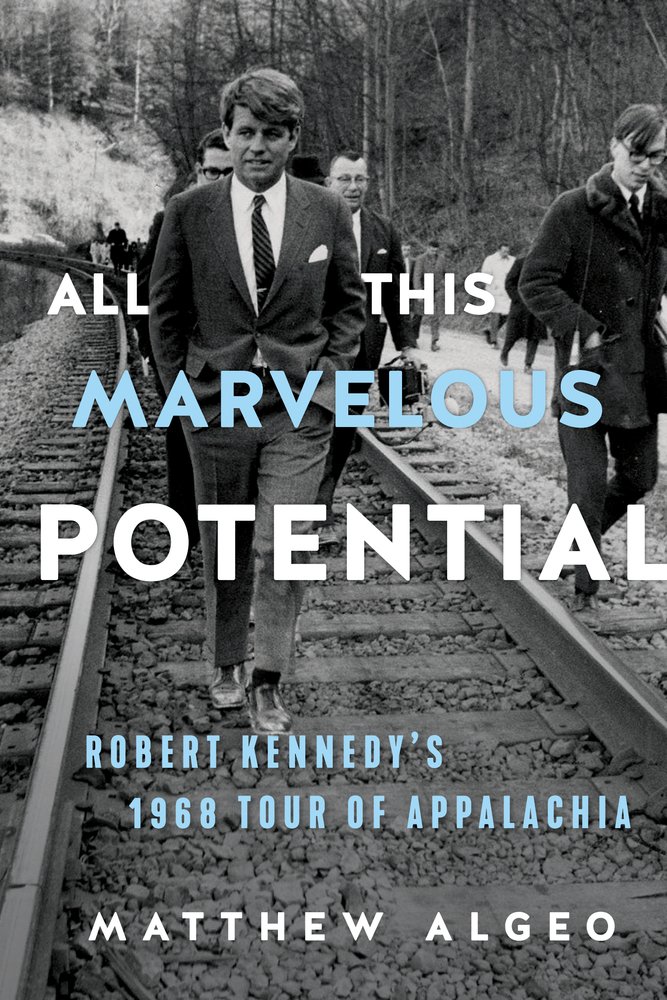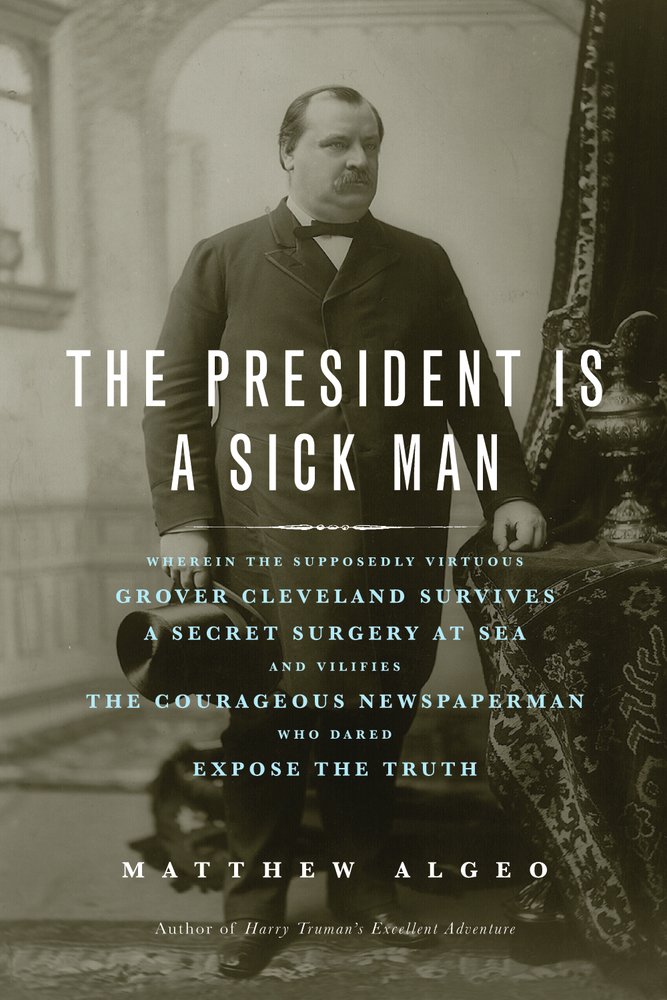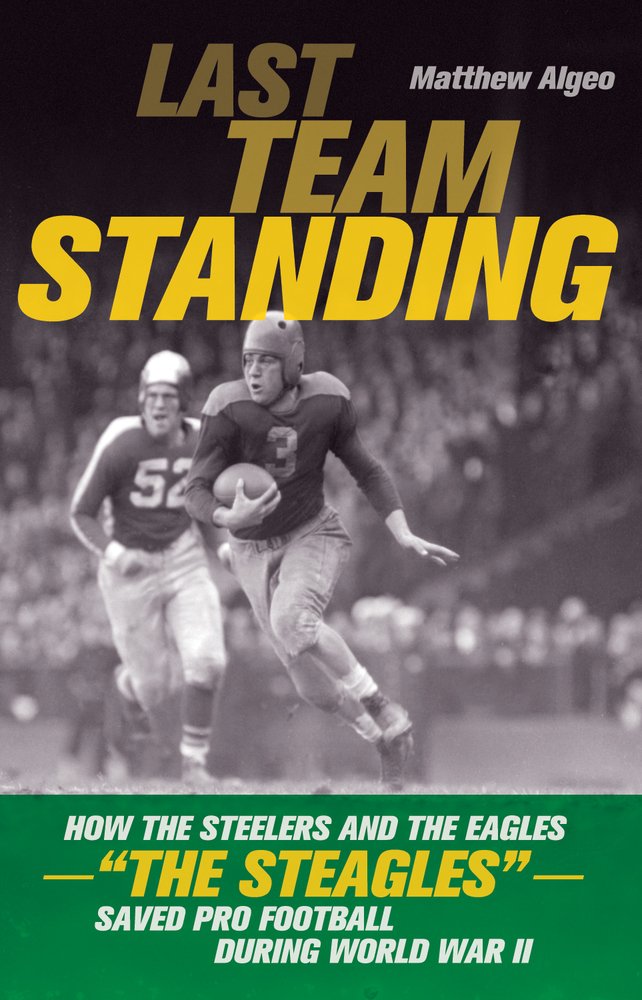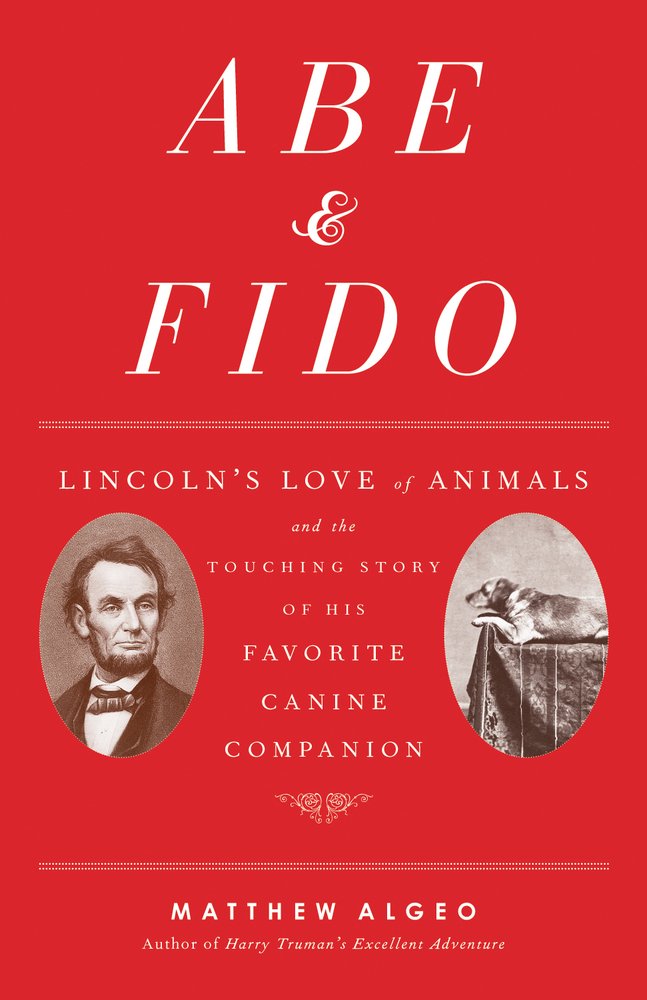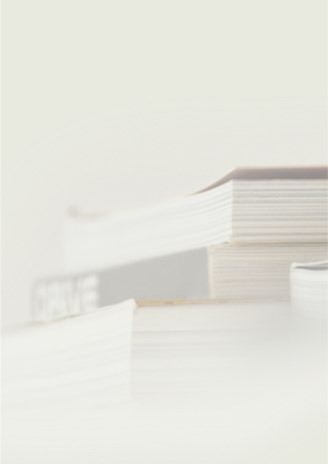When Harry Met Pablo
Truman, Picasso, and the Cold War Politics of Modern Art
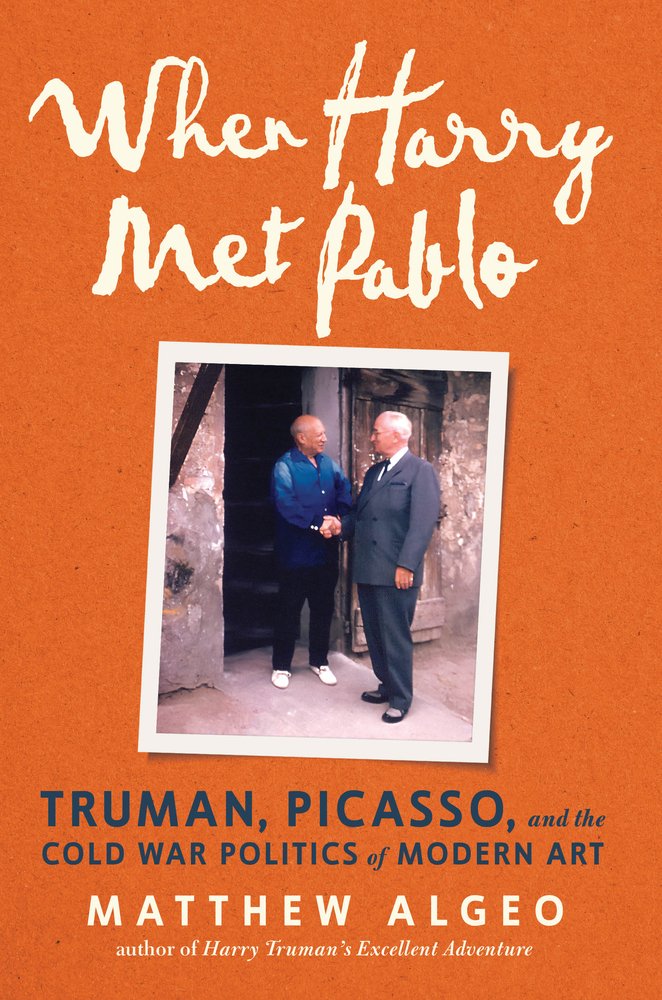
Truman and Picasso were contemporaries and were both shaped by and shapers of the great events of the twentieth century—the man who painted Guernica and the man who authorized the use of atomic bombs against civilians.
But in most ways, they couldn’t have been more different. Picasso was a communist, and probably the only thing Harry Truman hated more than communists was modern art. Picasso was an indifferent father, a womanizer, and a millionaire. Truman was utterly devoted to his family and, despite his fame, far from a rich man. How did they come to be shaking hands in front of Picasso’s studio in the south of France?
Truman’s meeting with Picasso was quietly arranged by Alfred H. Barr Jr., the founding director of New York’s Museum of Modern Art and an early champion of Picasso. Barr knew that if he could convince these two ideological antipodes, the straight-talking politician from Missouri and the Cubist painter from Málaga, to simply shake hands, it would send a powerful message, not just to reactionary Republicans pushing McCarthyism at home, but to the whole world: modern art was not evil.
Truman author Matthew Algeo retraced the Trumans’ Mediterranean vacation and visited the places they went with Picasso, including Picasso’s villa, Picasso’s ceramics studio in Vallauris, and Château Grimaldi, a museum in Antibes.
A rigorous history with a heartwarming center, When Harry Met Pablo intertwines the biographies of Truman and Picasso, the history of modern art, and twentieth-century American politics, but at its core it is the touching story of two old men who meet for the first time and realize they have more in common—and are more alike—than they ever imagined.

Matthew Algeo is the author of Harry Truman's Excellent Adventure, The President Is a Sick Man, and All This Marvelous Potential. An award-winning journalist, Algeo has reported from four continents for NPR News.

